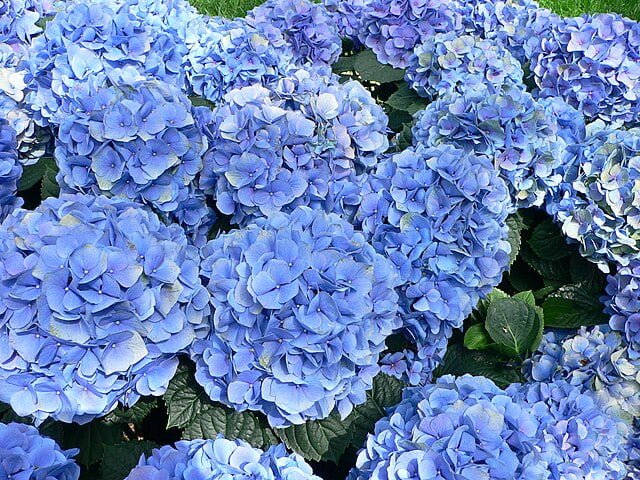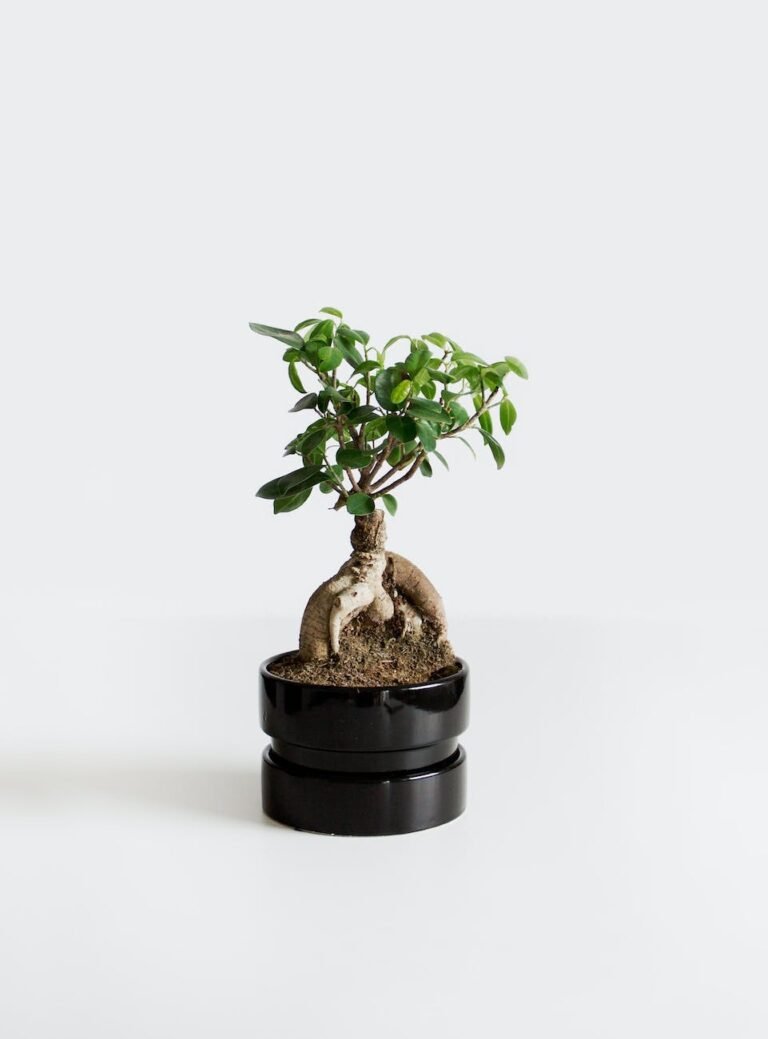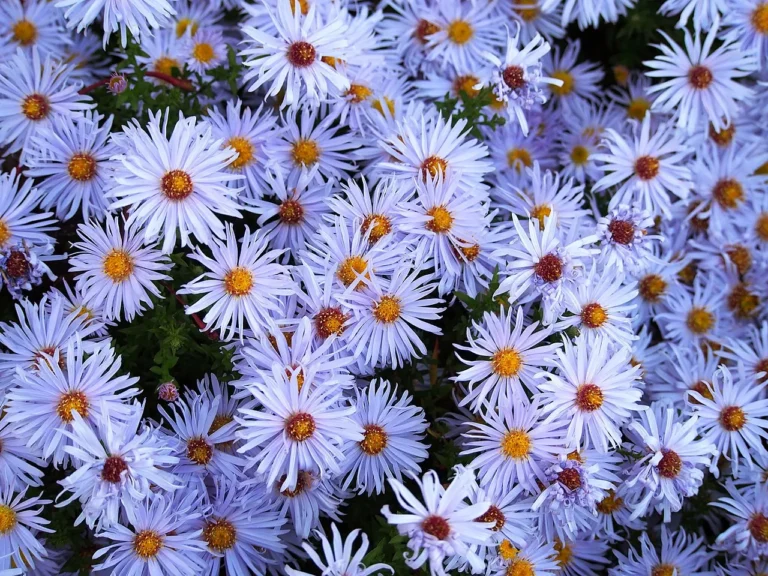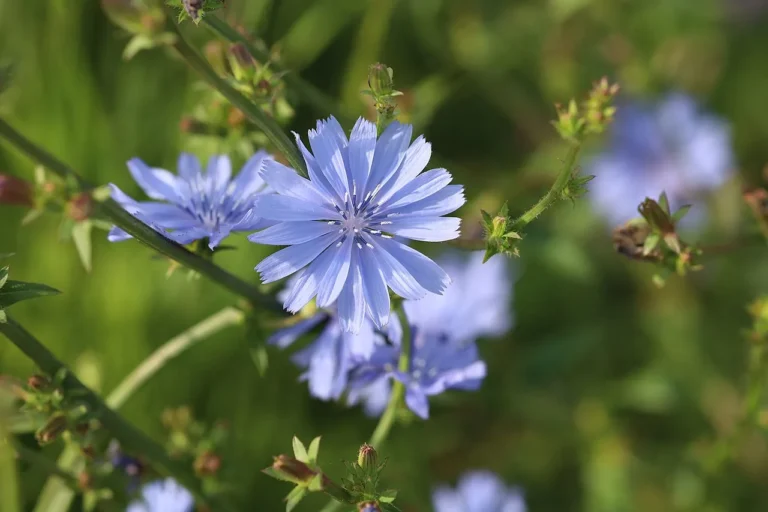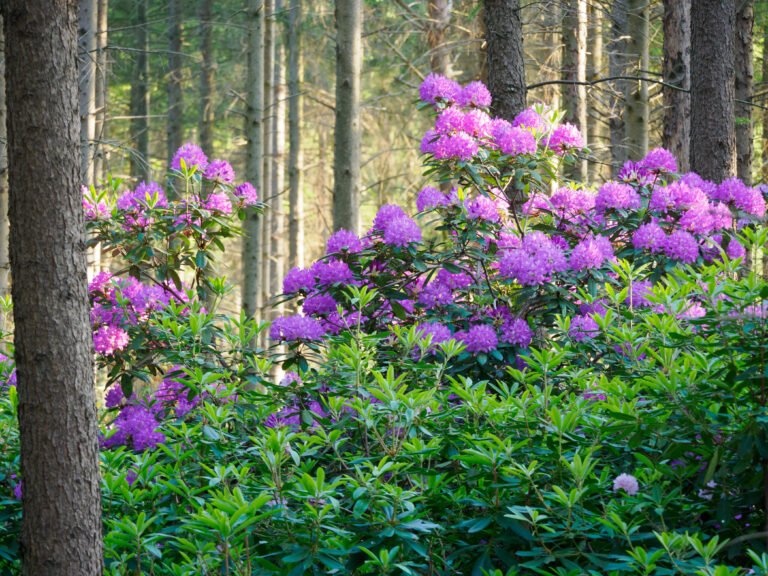Embrace the Colorful Charm: A Complete Guide to Growing Hydrangeas
Hydrangeas are celebrated for their lush foliage and large, vibrant blooms that can captivate any garden space. With their unique ability to change color based on soil pH, they offer a dynamic gardening experience. These versatile shrubs are suited for a range of climates and come in several varieties, each with its own care requirements and aesthetic appeal. This guide will delve into the essential aspects of care, helping you to cultivate these stunning plants successfully.
An Introduction to the Blooming Wonders
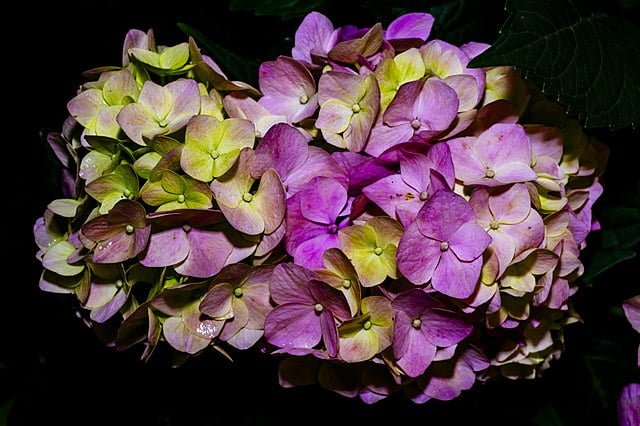
Known scientifically as Hydrangea macrophylla, are beloved for their large, vibrant blooms that come in a range of stunning hues. These shrubs can enhance any garden with their beautiful clusters of flowers, known as inflorescences, and their bright green leaves.
How to Grow Hydrangeas
Getting Started
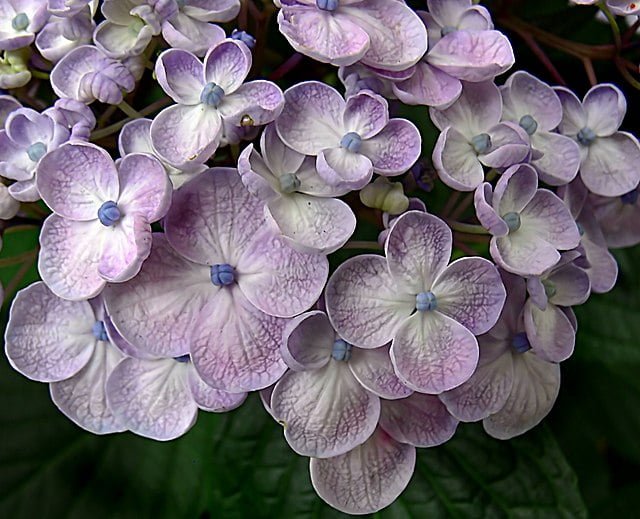
Hydrangeas flourish in morning sun and afternoon shade, particularly in hotter regions. While they prefer moderate climates, some varieties are cold-hardy and can tolerate full sun with adequate moisture. Ideal soil is rich, porous, and moist, with good drainage to prevent waterlogging. Before planting, enrich your soil with organic compost to boost nutrient content and improve soil structure.
Choosing the Perfect Spot: Location and Soil Conditions

Hydrangeas are partial to a few hours of morning sun, followed by afternoon shade. They prefer rich, well-drained soil with plenty of organic matter. Interestingly, the soil’s pH can affect the colour of some varieties, turning them pink in alkaline soil and blue in acidic soil.
Planting Your Hydrangeas: Laying Down Roots
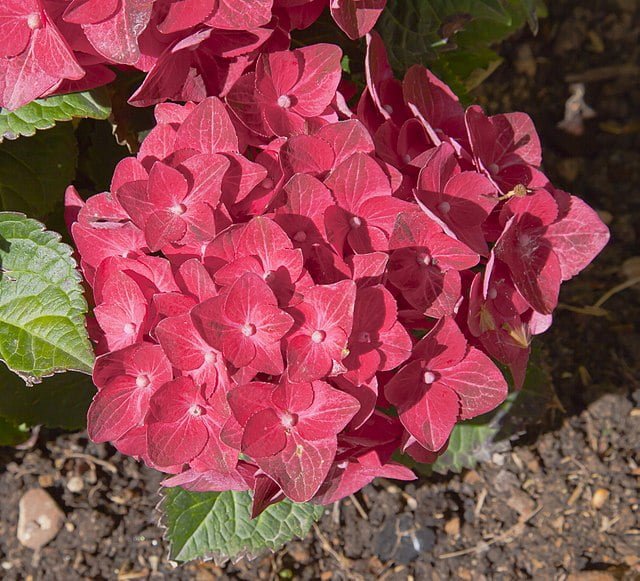
The best time to plant is in the early spring or fall. This allows the plants to establish themselves under moderate temperatures. Dig a hole as deep as the root ball and 2-3 times as wide. Set the plant in the hole, ensuring the top of the root ball is level with the soil surface. Backfill with soil, press firmly and water thoroughly. For container planting, select a large pot with drainage holes and use a high-quality potting mix.
Caring for Your Hydrangeas: Nourishing Your Blooms

Watering: Require consistent hydration, especially during hot, dry spells. Water deeply once or twice a week, more frequently if you notice wilting. Mulching around the base with organic material helps retain moisture and regulate soil temperature.
Fertilizing: Feed with a balanced, slow-release fertilizer in early spring and mid-summer to promote healthy growth and vibrant blooms. Avoid high-phosphorus fertilizers unless a soil test indicates a deficiency.
Pruning: The pruning schedule depends on the variety. Those that bloom on old wood should be pruned right after flowering, while those that bloom on new wood can be pruned in late winter or early spring before new growth begins.
Managing Pests and Diseases
While relatively hardy they can be susceptible to pests like spider mites and aphids, as well as diseases such as powdery mildew and leaf spot. Regular inspections are crucial. Treat infestations early with suitable organic pesticides, and improve air circulation around the plants to reduce disease risk.
When to Prune
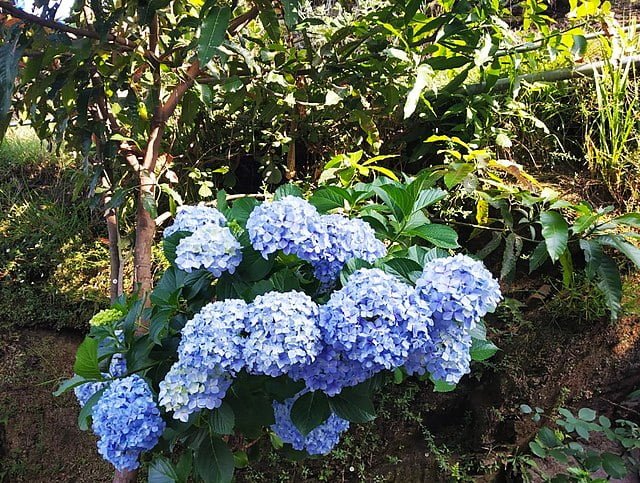
Pruning needs depend on the hydrangea type. Mopheads and lacecaps rarely need pruning, but when they do, it’s best to prune just after blooming. Panicle and smooth, on the other hand, can be pruned in late winter or early spring, as they bloom on new growth.
FAQS
Additional Resources
1. American Horticultural Society
- Website: American Horticultural Society
- Description: Provides extensive resources on various gardening topics, including detailed care guides.
- Usefulness: Ideal for gardeners looking for expert tips and techniques in horticulture.
2. Hydrangeas! Hydrangeas!
- Website: Hydrangeas! Hydrangeas!
- Description: A specialized website dedicated to all things hydrangea. It offers pruning tips, FAQs, and guidance on changing flower colours.
- Usefulness: Perfect for enthusiasts looking for specific advice on maintaining and enjoying these beautiful plants.
Final Thoughts

Growing these flowers can add a splash of colour and charm to your garden. With the right care, these floral treasures will reward you with stunning, vibrant blooms year after year.
If you found this guide to helpful, be sure to share it with other flower enthusiasts. And remember to subscribe to our blog for more insightful gardening tips and guides.

